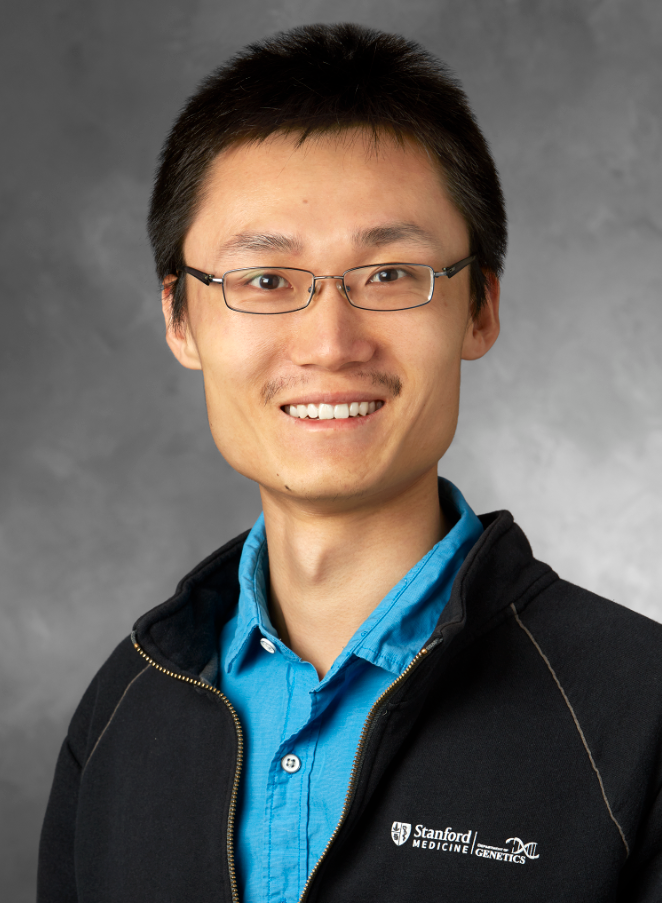Highlight Publications (1=joint first authors, *=corresponding author)
1. Chi Tian, Yuntian Zhang, Yihan Tong, Kian Hong Kock, Donald Yuhui Sim, Fei Liu, Jiaqi Dong, Zhixuan Jing, Wenjing Wang, Junbin Gao, Le Min Tan, Kyung Yeon Han, Yoshihiko Tomofuji, et al., Yukinori Okada, Woong-Yang Park, Jay W. Shin, Xavier Roca, Shyam Prabhakar, Boxiang Liu*. (2024). Single-cell RNA sequencing of peripheral blood links cell�type-specific regulation of splicing to autoimmune and inflammatory diseases. Nature
Genetics (IF=38.33) [paper] [on the cover] [Nature Collection] [Nature Genetics Research Briefing]
2. Foozhan Tahmasebinia, Yinglu Tang, Rushi Tang, Yi Zhang, Will Bonderer, Maisa de Oliveira, Bretton Laboret, Songjie Chen, Ruiqi Jian, Lihua Jiang, Michael Snyder, Chun-Hong Chen, Yawei Shen, Qing Liu, Boxiang Liu*, Zhihao Wu*. (2025). The 40S ribosomal subunit recycling complex modulates mitochondrial dynamics and endoplasmic reticulum -
mitochondria tethering at mitochondrial fission/fusion hotspots. Nature Communications (IF = 14.7) [paper]
3. Boxiang Liu*, Michael J. Gloudemans, Abhiram S. Rao, Erik Ingelsson, and Stephen B. Montgomery*. (2019). Abundant associations with gene expression complicate GWAS follow-up. Nature Genetics. (IF = 38.33) [paper]
4. GTEx Consortium (Boxiang Liu is a key contributor in the eQTL Manuscript Working Group and Statistical Methods Group). (2017). Genetic effects on gene expression across human tissues. Nature. (IF = 69.504) [paper] [Nature News] [on the cover]
5. Kian Hong Kock, Le Min Tan, Kyung Yeon Han, Yoshinari Ando, Damita Jevapatarakul, Ankita Chatterjee, Quy Xiao Xuan Lin, Eliora Violain Buyamin, Radhika Sonthalia, Deepa Rajagopalan, Yoshihiko Tomofuji, et al., Murim Choi, Boxiang Liu, Arindam Maitra, Manop Pithukpakorn, Bhoom Suktitipat, Kazuyoshi Ishigaki, Yukinori Okada, et al, Jay W. Shin, Woong-Yang Park, Shyam Prabhakar. (2025) Asian diversity in human immune cells. Cell (IF=66.85) [paper]
-
More: Google Scholar


